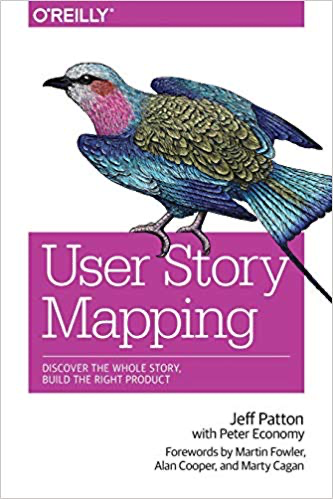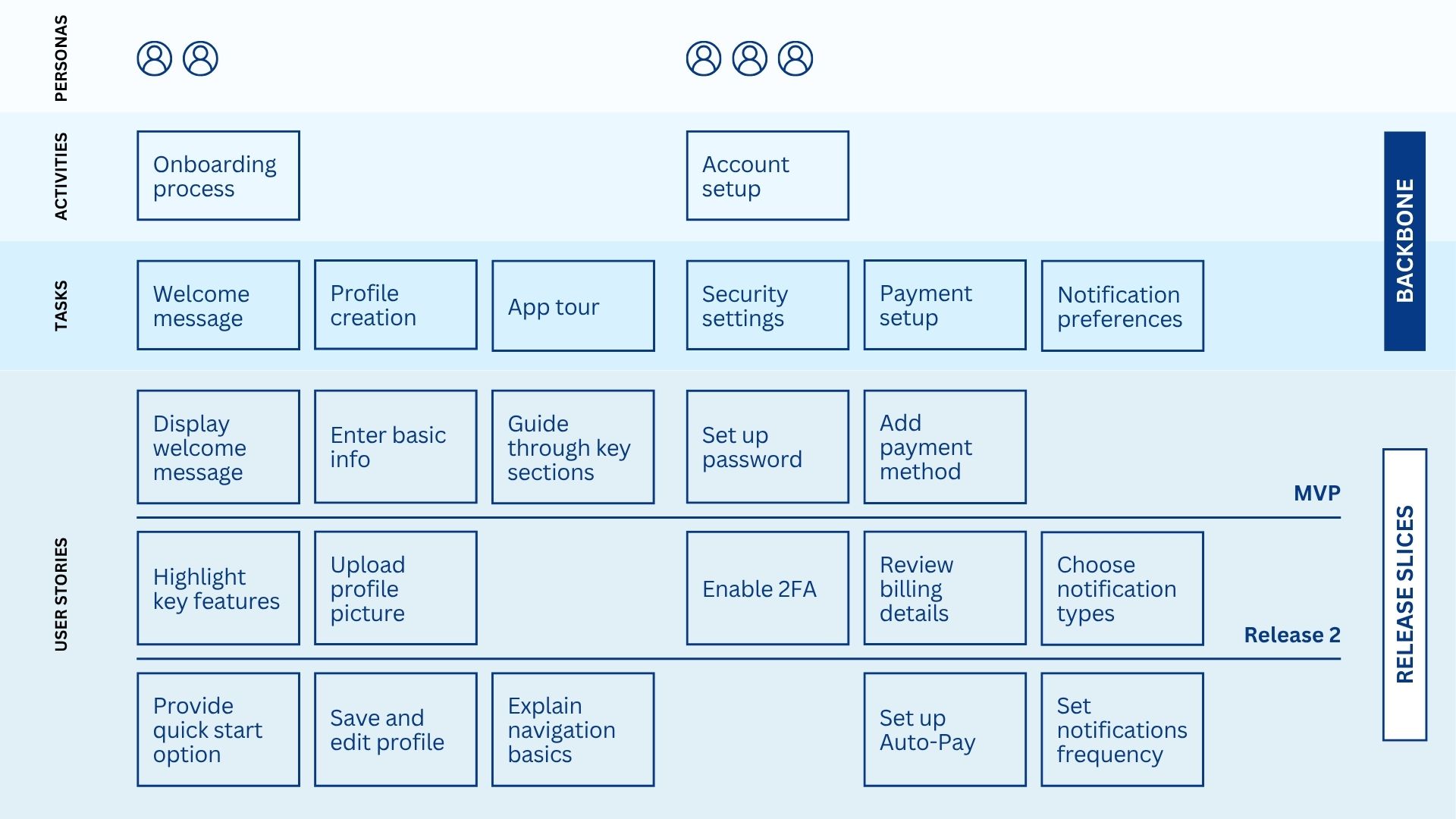What is ProductGo?
ProductGo brings powerful user story mapping, persona management, and roadmap planning directly into Jira—helping Agile teams turn ideas into actionable plans and deliver real value to users.
With ProductGo, you can visualize your product’s journey, prioritize work, and keep everyone aligned from the first brainstorming session to every release. Whether you’re managing a single project or overseeing a portfolio, ProductGo keeps your team focused on what matters most: building products users love.
Key Features
User Story Map
Build a clear, visual map of your product’s user journey. Organize tasks, spot gaps, and ensure every scenario is covered—no matter how complex your project gets.
Portfolio Board
Get the big picture. Combine multiple projects, create custom boards, and map story map levels to Jira issue types for flexible, cross-team planning.
Advanced Persona
Create detailed user personas and connect them to your story maps. Understand your users’ goals, pain points, and motivations to guide every decision.
Roadmap
Plan and track your project’s timeline with an interactive roadmap. See milestones, set goals, and keep your team moving forward together.
What is User Story Mapping?
User story mapping is a visual technique that helps teams organize and prioritize user stories beyond a flat backlog. Instead of sorting through hundreds of items in a spreadsheet or Jira, story mapping gives you a clear, step-by-step view of the user journey, making it easier to spot high-value features and plan what to build next.
The concept was introduced by Jeff Patton, who describes story mapping as a way to break down your product into meaningful parts without losing sight of the big picture. If you want to go deeper, his book “User Story Mapping” is a great resource.

A story map lays out the user’s experience as a sequence of steps, with each step broken down into smaller user stories. This approach adds structure and context, helping your team understand how features fit together and where to focus your efforts.

Fundamental Structure of User Story Map
How Story Mapping Works
Goals: The big outcomes your users want to achieve.
Steps: The main actions users take to reach their goals—these form the backbone of your map.
Stories: Deliverable pieces of work that sit under each step.
Releases (Swimlanes): Horizontal sections that show what’s included in each release.

Core Components of User Story Map Structure
Why Use Story Mapping?
Get a clear overview of your backlog, organized by user journey.
Collaborate to brainstorm, discuss, and prioritize user needs.
Break down large tasks into manageable stories and epics.
Keep everyone on the same page—whether your team is remote or co-located.
With story mapping, you can manage complexity, maintain focus, and deliver features that matter most to your users
